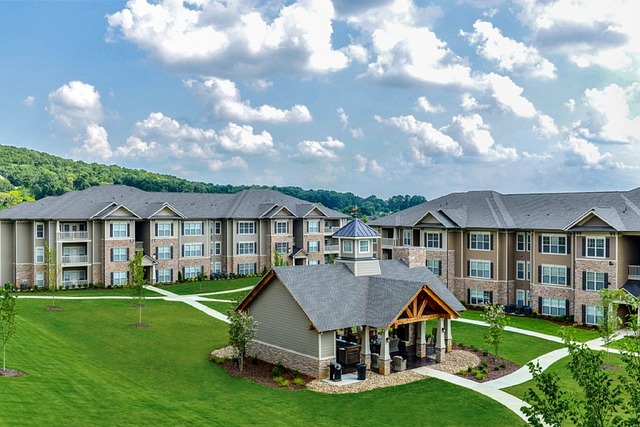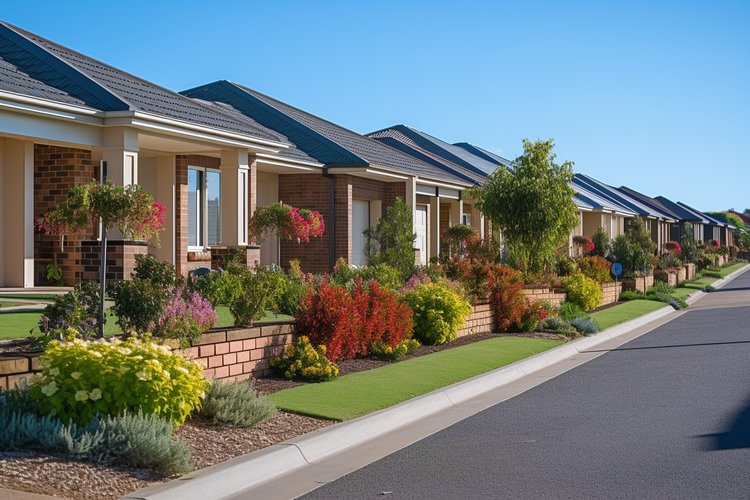Rethinking Real Estate: The Growing Popularity of Micro Apartments
The evolution of real estate is a continuous journey. One of the recent developments that have been making waves in this industry is the advent of micro apartments. This article delves into this increasingly popular trend, offering readers a comprehensive overview of its past, present, and potential future impact.

Micro apartments, also known as micro flats or micro units, are small housing options that typically measure under 400 square feet. Although their size is significantly smaller than traditional apartments, these units have been gaining popularity in recent years, especially in densely populated urban areas.
The Emergence of Micro Apartments: An Historical Context
The concept of micro apartments is not entirely new. It can be traced back to the post-World War II era when Japan started building tiny apartments, known as “one-room mansions,” to accommodate the growing population in urban areas. The idea has since spread to various parts of the world, becoming a popular housing solution in cities that are grappling with high population density and soaring real estate prices.
Current Market Trends and Financial Insights
Today, micro apartments are becoming an essential part of the real estate landscape in many urban areas worldwide. Recent data show that the micro apartment sector has witnessed rapid growth over the past decade, with developers increasingly investing in these projects.
According to a report, the average size of newly built apartments in the U.S. shrank by 5% between 2008 and 2018, reflecting the growing demand for smaller living spaces. In major cities like New York, San Francisco, and Seattle, micro apartments have become a common sight.
Advantages and Challenges of Micro Apartments
The rising popularity of micro apartments can be attributed to several factors. One key advantage is affordability. Micro apartments are generally less expensive than traditional apartments, making them a viable option for budget-conscious renters and first-time buyers. They are also favored by individuals who prefer minimalistic living and those who spend most of their time outside their homes.
However, living in a micro apartment also comes with its share of challenges. The limited space can make it difficult for residents to comfortably accommodate their belongings or host guests. There are also concerns about the potential impact of cramped living conditions on residents’ mental and physical health.
Potential Impact on the Real Estate Market
The growing trend of micro apartments could have a significant impact on the real estate market. As more people embrace this concept, there could be a shift in the demand and supply dynamics of the housing market. Developers may start allocating more resources towards building micro apartments, leading to a potential oversupply of these units and a decline in their prices.
On the other hand, the demand for larger apartments may decrease, causing their prices to drop. The shift could also affect the rental market, with landlords possibly lowering rents for larger apartments to attract tenants.
Balancing Depth and Accessibility
While the trend of micro apartments is intriguing, it is essential to approach it with a balanced perspective. While they offer numerous advantages, their potential drawbacks and long-term impact on the real estate market should not be overlooked. As such, potential buyers or renters should thoroughly evaluate their housing needs and financial situation before deciding whether a micro apartment is a suitable choice for them.
In conclusion, the trend of micro apartments is reshaping the real estate landscape. Whether this trend will continue to grow or fade away in the future remains to be seen. However, one thing is certain: the evolution of real estate is a never-ending journey, and micro apartments are just one part of this fascinating voyage.





